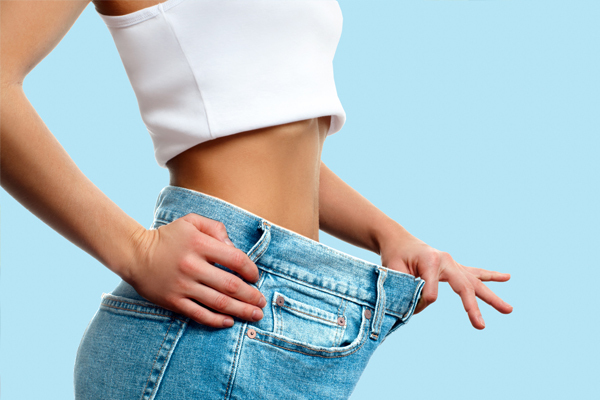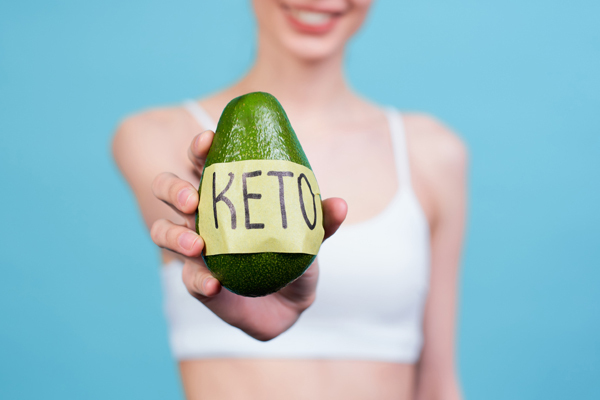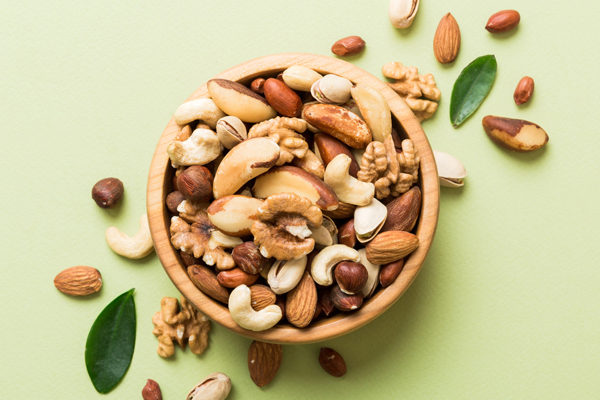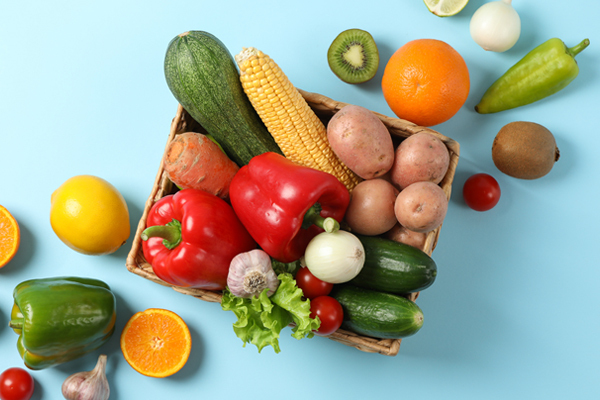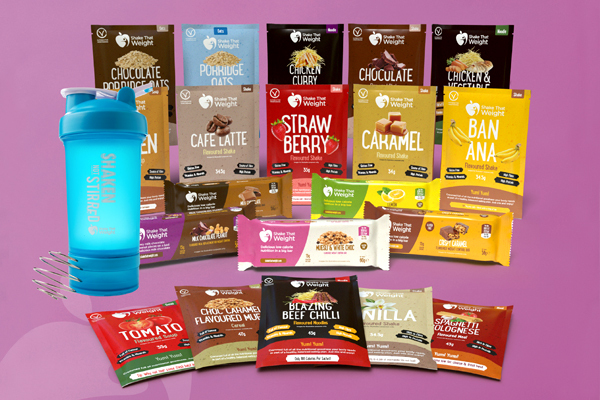Shake That Weight guide to ketosis
What is a ketosis?
On a regular diet, the body breaks down carbohydrates into glucose, which is used to fuel all the cells in the body. Glucose is also stored in the liver and muscles, ready for times when we need a quick energy boost. When carbs are restricted, as they are on a ketogenic diet, the body’s stores of glucose drain down and it’s forced to break down fat. This produces compounds called ketones, which the body uses for energy.

What is a ketogenic diet?
It’s a very low-carb, high-fat diet that contains moderate amounts of protein. The aim of the diet is put the body into ketosis, which means it burns fat for energy instead of glucose.
A typical ketogenic diet restricts carbohydrates to between 20 – 50g a day. This differs from a low-carb diet, which is less restrictive and typically provides between 50-130g a day.
Healthy eating guidelines currently recommend around 50% of total energy (calories) each day should come from carbohydrate. For someone on a 1500kcal diet this would be around 200g carbohydrate a day, and on an 800kcal diet, this would be around 105g carbohydrate day, so a ketogenic diet demands a dramatic reduction.
It typically means cutting right back on all grains (e.g., bread, cereals, pasta, rice, noodles, quinoa, and couscous), potatoes, pulses (e.g., beans, lentils and chickpeas), milk and yogurt, sugar, fruit and many vegetables (click through the question below).
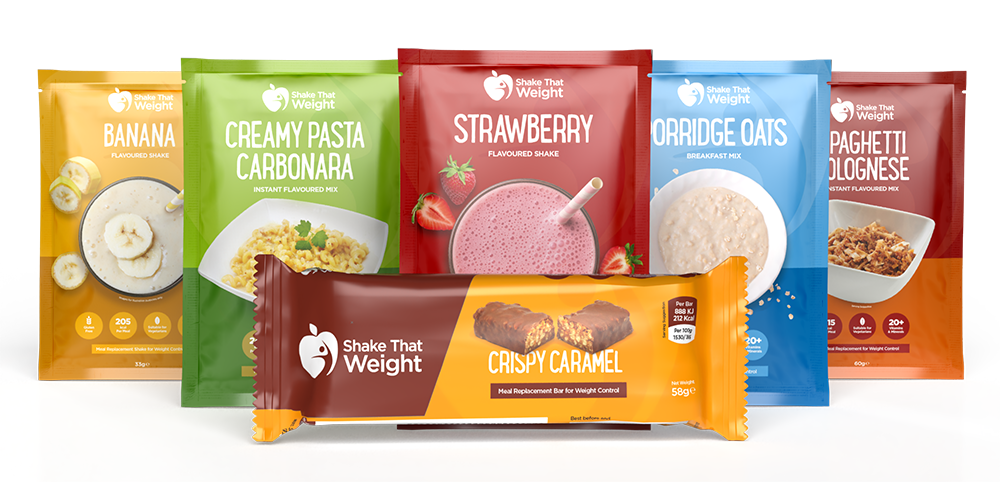
Can I use Shake that Weight products to create a ketogenic diet?
Yes, for an 800kcal ʻkickstart’ to your diet choose 2x meal replacement products and have one low-carb meal with 400kcal.
Example day
Time
Meal
Energy (kcal)
Carbohydrates (g)
Breakfast
STW Cafe Latte Meal Shake (with skim milk)
214
25
Lunch
STW Chicken Soup
201
19
Evening
125g of baked salmon with 50g of red pepper, 50g of courgette, 1x spring onion, garlic, ginger and chilli. Stir fried in 1 tbsp of oil.
403
4.5
Total
818
48.5
What is the carbohydrate content of some typical foods?
Food
Food Carbohydrate (g)
Food carbohydrate (g)
17
50g (uncooked weight) basmati rice
42
50g (uncooked weight) pasta
38
Branflakes (30g)
22
2 rye crispbreads
12
100g boiled new potatoes in their skin
15
100g baked potato with skin
23
1 pot (150g) plain yogurt
11
Glass of skimmed milk (200ml)
10
Blackberries and raspberries (80g)
4
Strawberries (80g)
5
Canteloupe melon (150g slice)
6
Blueberries (80g)
7
1 apple (100g)
12
1 orange (160g)
13
1 medium banana (100g)
19
Is the keto diet suitable for everyone?
No, if you have any medical conditions you must check with your GP before starting a ketogenic diet. It is not suitable for women who are pregnant or breastfeeding or anyone with a history of eating disorders.
References
www.canada.ca/en/department-national-defence/corporate/reports-publications/health/what-is-the-keto-diet.html
www.eatright.org/health/wellness/diet-trends/what-is-the-ketogenic-diet
www.healthdirect.gov.au/ketogenic-diet
www.diabetes.org.uk/professionals/position-statements-reports/food-nutrition-lifestyle/low-carb-diets-for-people-with-diabetes
www.diabetes.org.uk/guide-to-diabetes/managing-your-diabetes/ketones-and-diabetes
